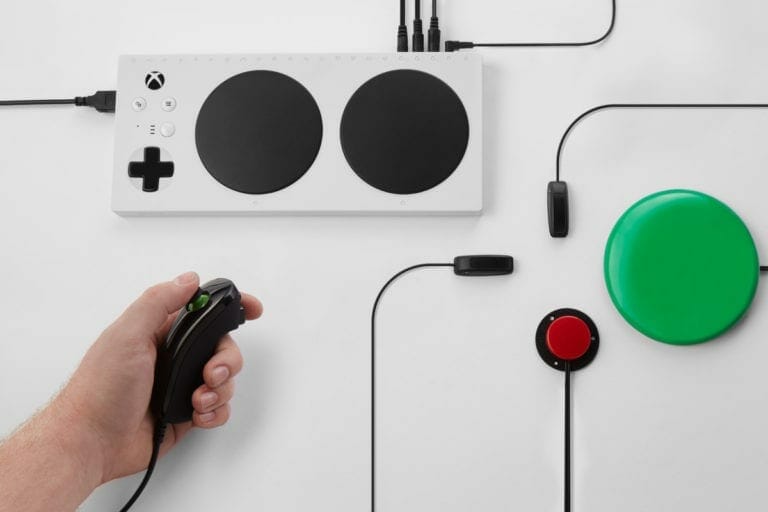The CVAA (21st Century Communications and Video Accessibility Act 2010) is general purpose legislation requiring accessibility in Video Games in US to cater for people with disabilities. These requirements are going to be made compulsory for upcoming games, and the ones that will start development.
Video Games in US will now require Text to Speech and More
Basically, the video games industry has had multiple waivers, the last of which was for game software and expired on Dec 31st, 2018
Here are the games that will be affected by this
- Games that enter development after this date must be fully compliant.
- Games already in development after this date but released after it must be as compliant as possible, how far through development the game was at Dec 31st may be taken into account in case of a complaint.
- Games released before this date that receive substantial updates after it must also be compliant.
Here’s a talk on this subject matter by the FCC
UPDATE: We would like to clarify that the implementations are only mandatory if your games have a form of online communication. If your game is strictly single-player or local co-op, you are fine. This will most likely affect AAA games with the feature or select indie devs who make multiplayer games.
Full details of what game developers and publishers will need to comply with include
- Operable without vision. Provide at least one mode that does not require user vision.
- Operable with low vision and limited or no hearing. Provide at least one mode that permits operation by users with visual acuity between 20/70 and 20/200, without relying on audio output.
- Operable with little or no color perception. Provide at least one mode that does not require user color perception.
- Operable without hearing. Provide at least one mode that does not require user auditory perception.
- Operable with limited manual dexterity. Provide at least one mode that does not require user fine motor control or simultaneous actions.
- Operable with limited reach and strength. Provide at least one mode that is operable with user limited reach and strength.
- Operable with a Prosthetic Device. Controls shall be operable without requiring body contact or close body proximity.
- Operable without time dependent controls. Provide at least one mode that does not require a response time or allows response time to be by passed or adjusted by the user over a wide range.
- Operable without speech. Provide at least one mode that does not require user speech.
- Operable with limited cognitive skills. Provide at least one mode that minimizes the cognitive, memory, language, and learning skills required of the user.
- All information necessary to operate and use the product, including but not limited to, text, static or dynamic images, icons, labels, sounds, or incidental operating cues, [shall] comply with each of the following, assessed independently:
- Availability of visual information. Provide visual information through at least one mode in auditory form.
- Availability of visual information for low vision users. Provide visual information through at least one mode to users with visual acuity between 20/70 and 20/200 without relying on audio.
- Access to moving text. Provide moving text in at least one static presentation mode at the option of the user.
- Availability of auditory information. Provide auditory information through at least one mode in visual form and, where appropriate, in tactile form.
- Availability of auditory information for people who are hard of hearing. Provide audio or acoustic information, including any auditory feedback tones that are important for the use of the product, through at least one mode in enhanced auditory fashion (i.e., increased amplification, increased signal to noise ratio, or combination).
- Prevention of visually induced seizures. Visual displays and indicators shall minimize visual flicker that might induce seizures in people with photosensitive epilepsy.
- Availability of audio cutoff. Where a product delivers audio output through an external speaker, provide an industry standard connector for headphones or personal listening devices (e.g.,phone like handset or earcup) which cuts off the speaker(s) when used.
- Non interference with hearing technologies. Reduce interference to hearing technologies (including hearing aids, cochlear implants, and assistive listening devices) to the lowest possible level that allows a user to utilize the product.
- Hearing aid coupling. Where a product delivers output by an audio transducer which is normally held up to the ear, provide a means for effective wireless coupling to hearing aids.
Most of these even though have good intent, don’t seem possible for developers to focus on, as not every game works well with the assumptions and requirements made by this document.
You can it in more detail here. While you’re here, make sure you read about the leak regarding the next Assassin’s Creed.
What do you think about these requirements for upcoming Video Games in US? Let us know in the comments below.

